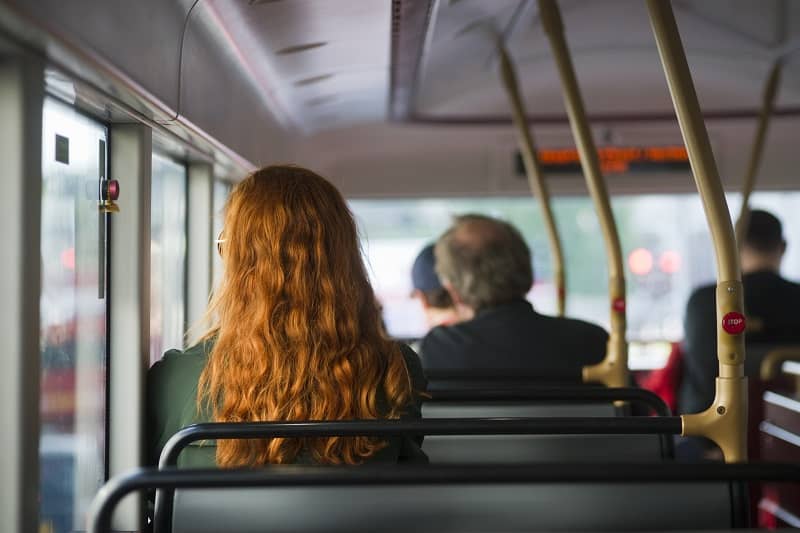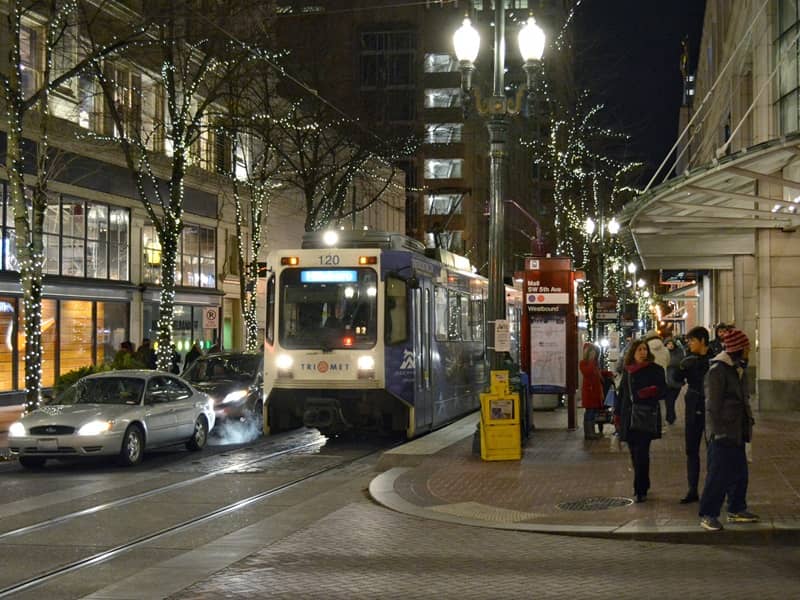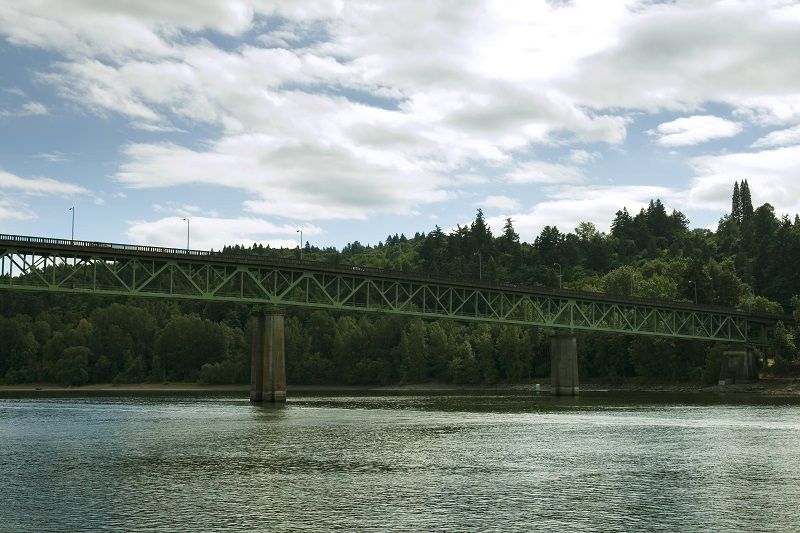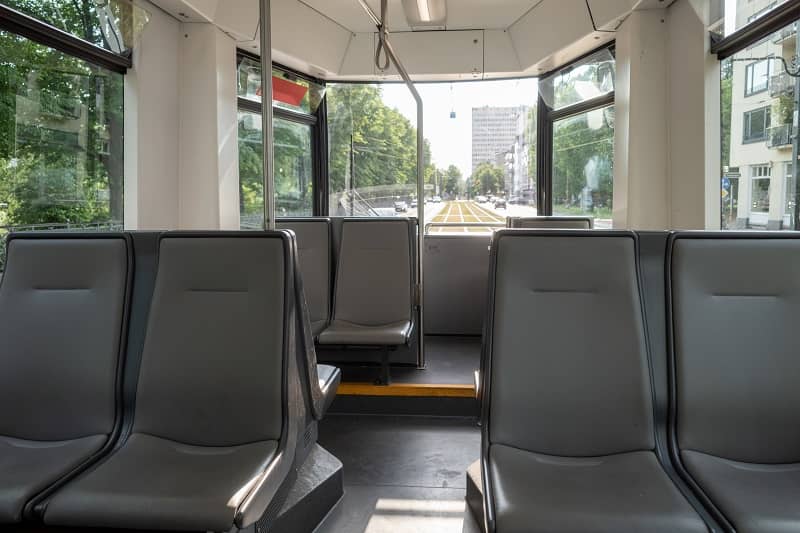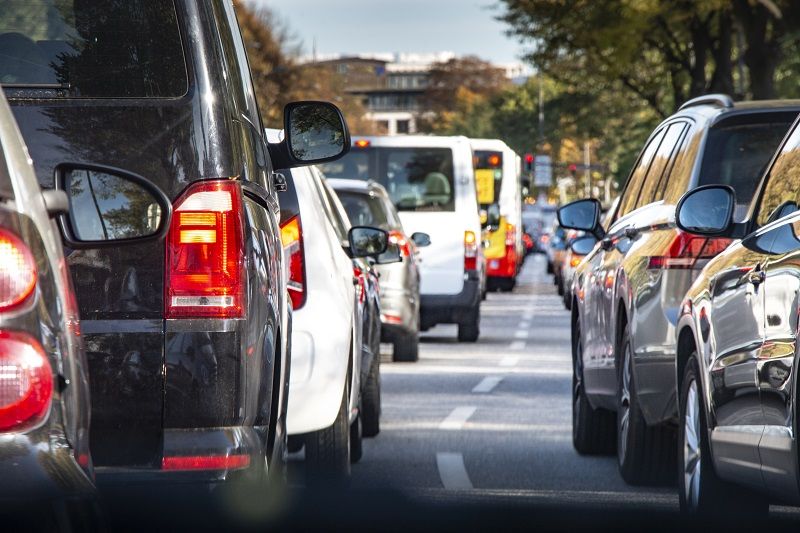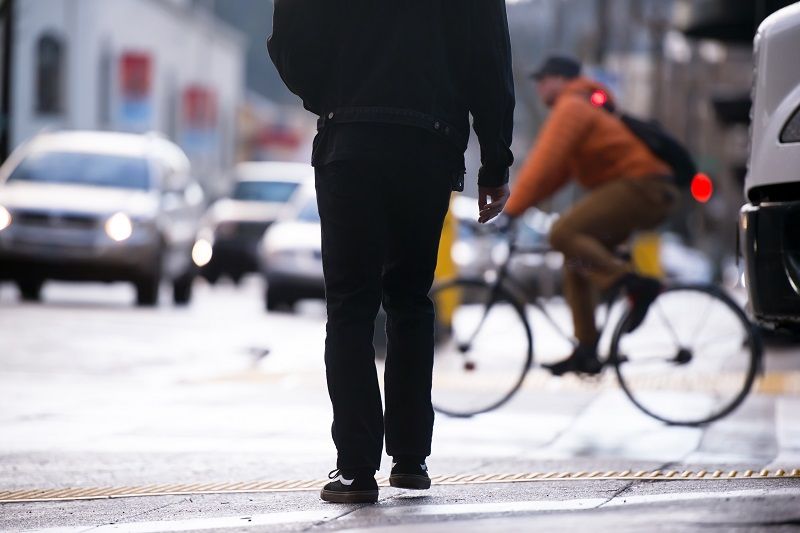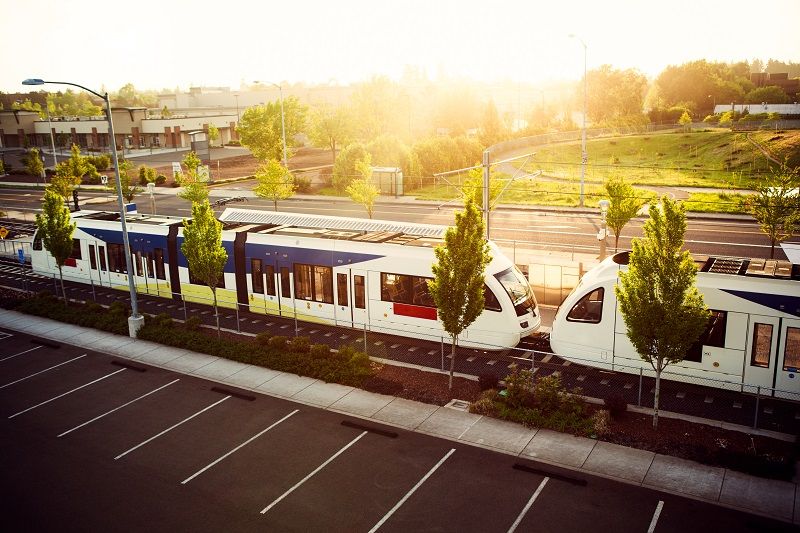If we build a new bridge over the Willamette River, how much space should we allocate for walking and bicycling?
This shouldn’t be a very controversial subject, but Oregonian writers Janie Har and Steve Duin have made it one. They both attacked Cascade Policy Institute recently for our efforts to save taxpayers money on the new Sellwood Bridge. Some clarification is in order.
Last summer we decided to count all the person-trips going over the Portland Willamette River bridges at the morning peak (7:00 a.m. – 9:00 a.m.) to see what we could learn about space allocation and user demand. One conclusion is that space per se does not appear to be critical to bridge use by cyclists and pedestrians.
For example, the Hawthorne, Broadway, and Burnside bridges all have modest facilities for those modes, yet they have large contingents of cyclists and pedestrians. In contrast, the Morrison Bridge has a new 15-foot, barrier-separated bikeway, yet it is virtually unused. Non-auto travel accounts for only 1.8% of passenger throughput on that bridge
Clearly, there are other factors besides dedicated right-of-way that determine the intensity of bridge use by non-motorists.
Unfortunately, local politicians haven’t learned from this experience. The new Sellwood Bridge will allocate 24 feet for two motor vehicle travel lanes, 13 feet for cyclists with dedicated bike lanes, and 24 feet for sidewalks. There is no reason to reserve this much space for walkers. If cyclists are traveling in their own exclusive road lane, a 6-foot sidewalk on each side will be adequate. Such a space reduction would have saved taxpayers some $15-17 million.
Also, heavy trucks will be prohibited from using the new bridge, due to a legislative funding dispute. This doesn’t make non-motorists on the bridge better off, but it will increase total regional driving and worsen congestion elsewhere.
In an essay published last summer, we criticized the bridge design, noting that trucks should be allowed and that the sidewalks should be narrower. The latter point seemed especially relevant, given that only 2% of all passenger-trips on the current bridge are by walking or cycling, and the potential for drastic increases seems slim given the distance from downtown.
Ms. Har, a professional fact-checker, agreed with our 2% claim, but ruled it to be only “half-true” because local planners predict that non-motorized traffic will skyrocket to 19% of all trips by 2035.
This is, of course, a computer-generated fantasy. It is not an actual “fact.” We stand by our assessment.
Mr. Duin thinks banning trucks is a great idea, while also lamenting the continued use of fossil fuels by motorists. Unfortunately, those two concepts are in conflict. Banning trucks from the Sellwood Bridge will result in greater fuel use, not less.
Mr. Duin also supports the 12-foot sidewalks and the extra spending of $17 million for those sidewalks. Apparently, this is more important to him than the basic road maintenance that Portland has abandoned in recent years due to budget cuts at the Portland Bureau of Transportation.
Increasing walking and cycling is more complicated than simply providing mega-sidewalks and barrier-protected bike lanes. Planning for future bridges and roads should be based on a realistic assessment of non-motorized use and the cost of providing space.
John A. Charles, Jr. is President and CEO of Cascade Policy Institute, Oregon’s free market public policy research organization.

